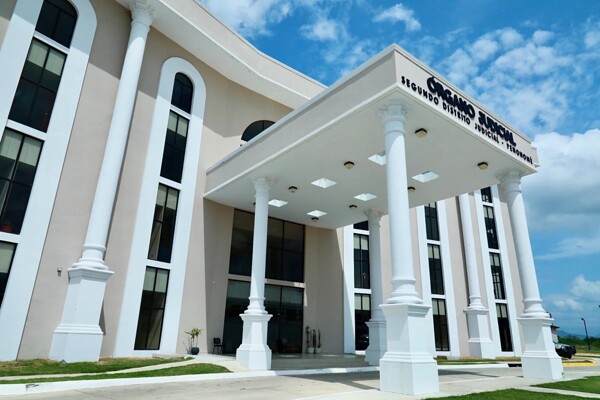
Pope Francis, successor to Benedict XVI, has introduced profound transformations in the Catholic Church with a simple and austere style, sometimes controversial. He is the first Latin American pontiff and has changed the way the millenary institution interacts with the faithful today.
Francis's arrival at the papacy in 2013 marked a turning point. From the very beginning, the Argentine Pope demonstrated a personality close to the people, with gestures and words that have earned him a reputation as a humble and compassionate leader.
During his pontificate, Francis has addressed sensitive issues and challenged the traditions of the Church, advocating for a more inclusive Church concerned about the most needy. His actions have shaken the Roman Curia and have sparked mixed opinions both inside and outside the institution.
One of the most notable characteristics of his papacy has been his emphasis on the importance of mercy and compassion, as well as his call for the Church to focus on the marginalized and outcasts of society. His progressive stances have generated resistance among some conservative sectors of the Church but have resonated with a significant portion of the faithful.
In summary, the era of Bergoglio has been a period of profound change for the Catholic Church, during which Pope Francis has managed to open the institution to new horizons and renew its message to make it more relevant in contemporary society.













